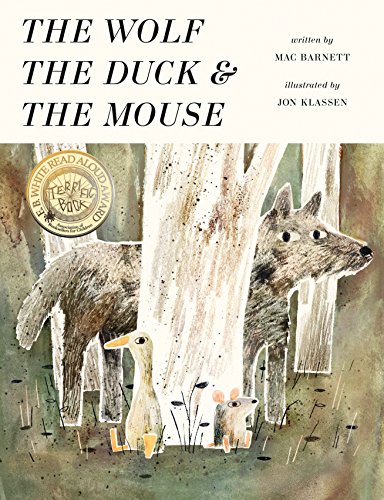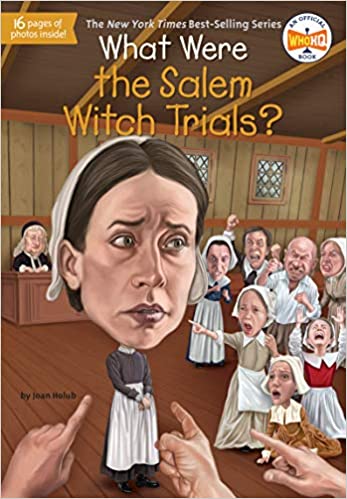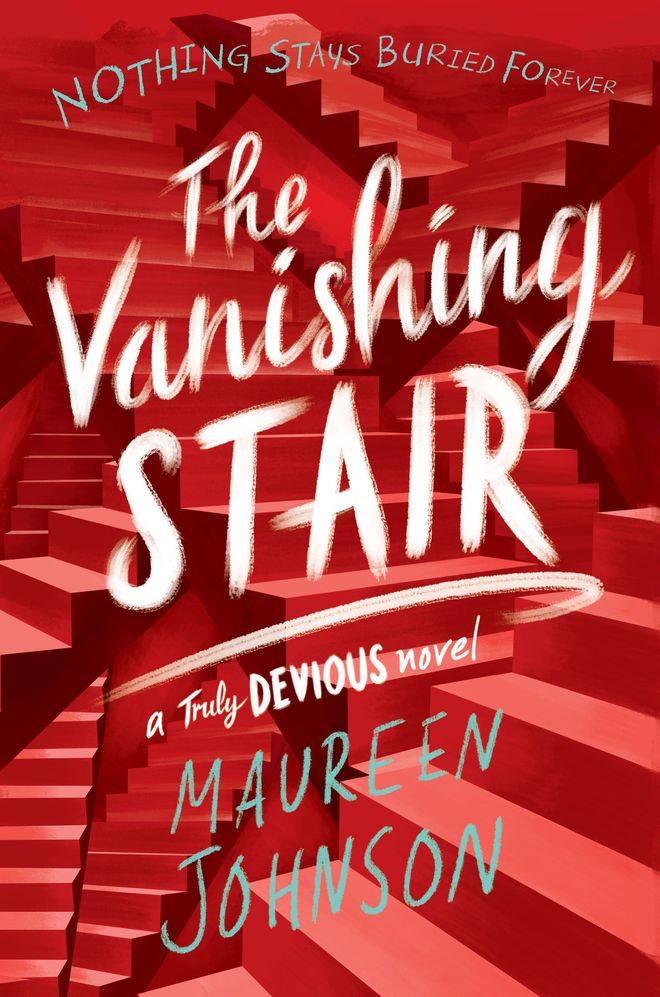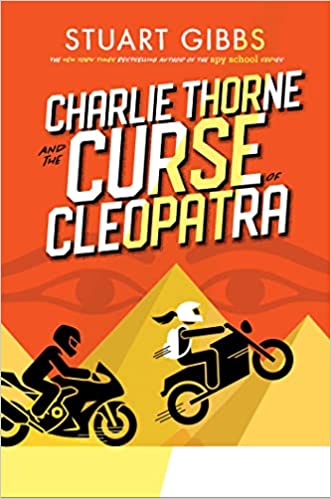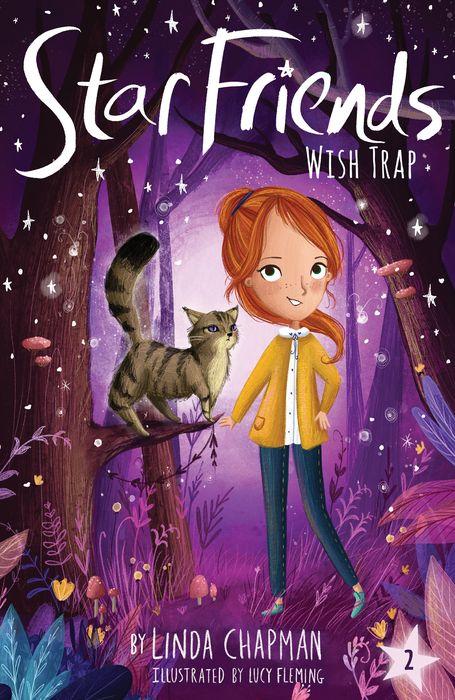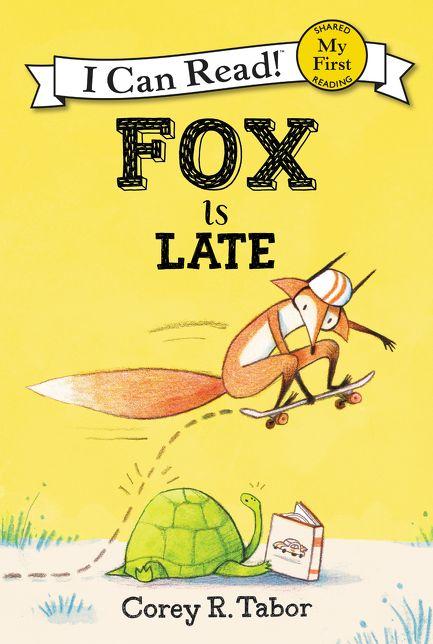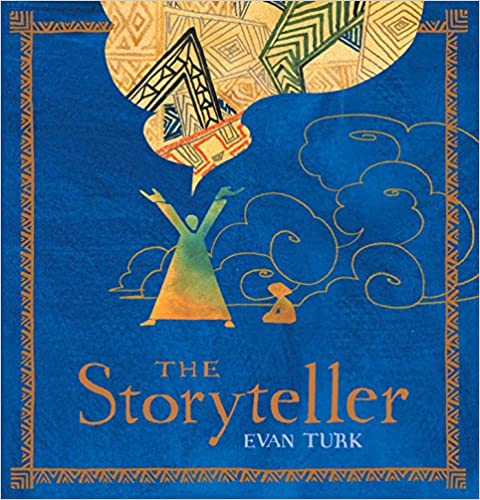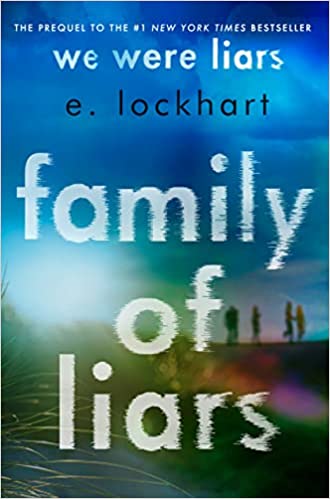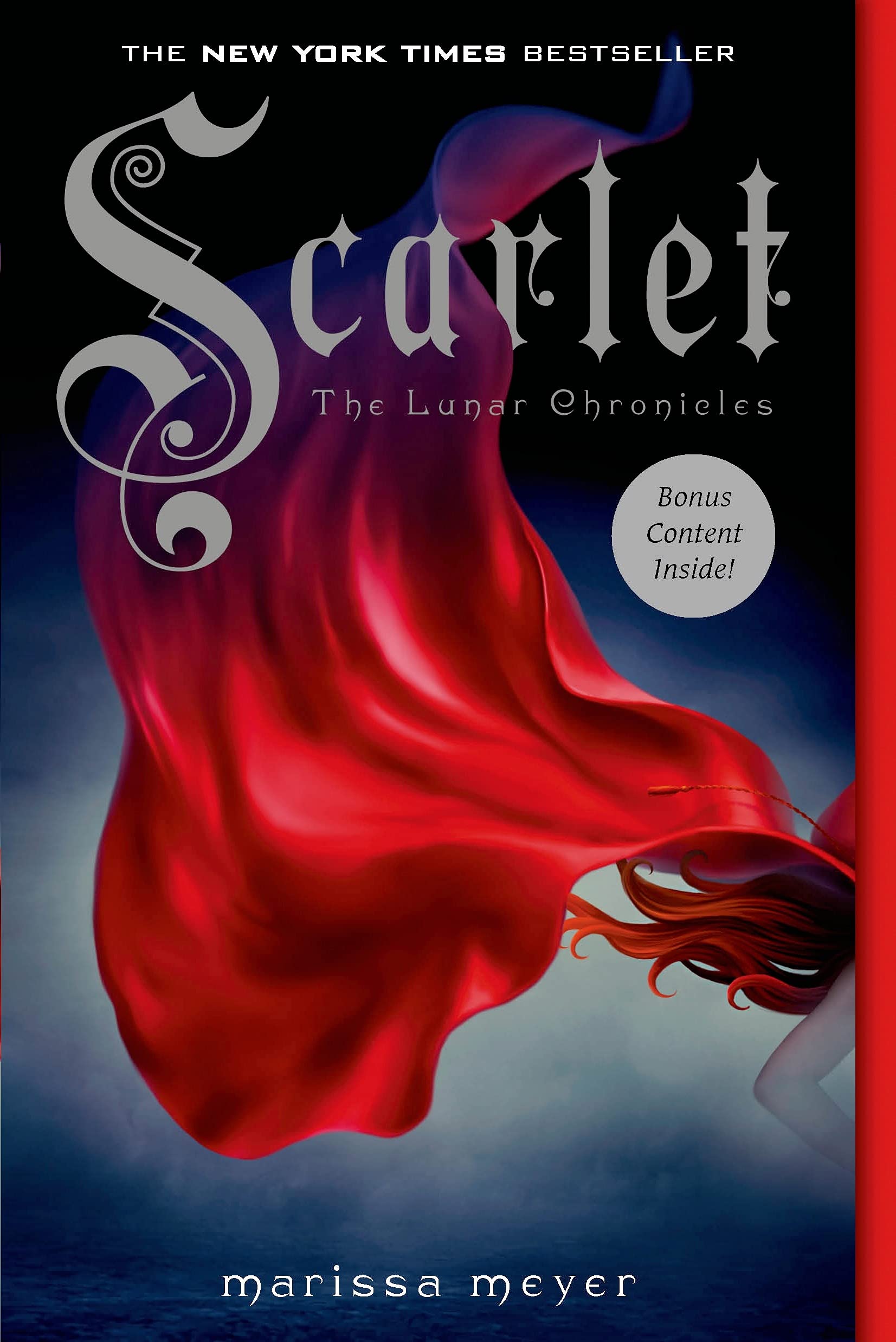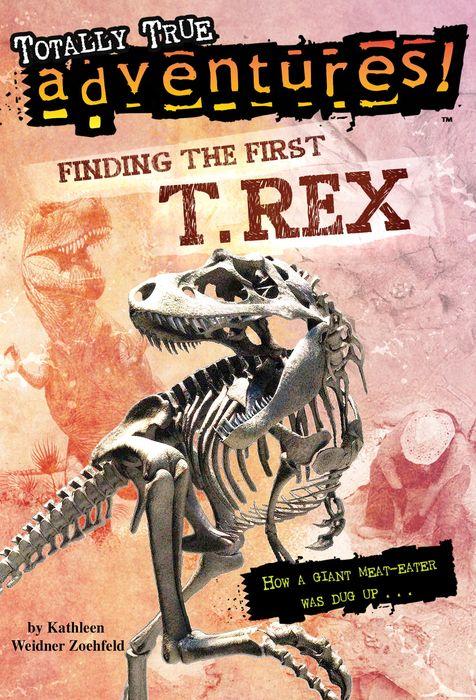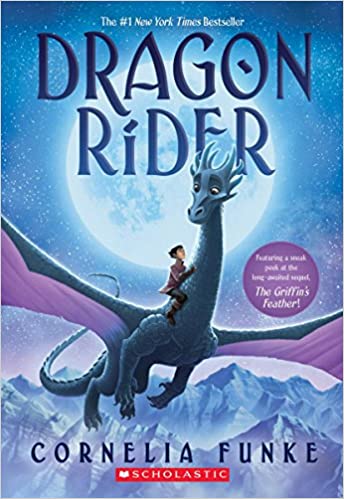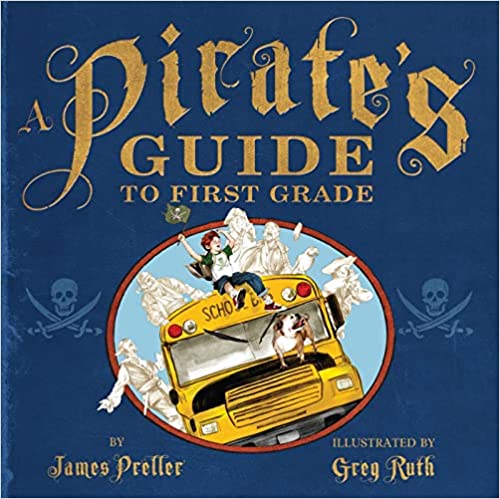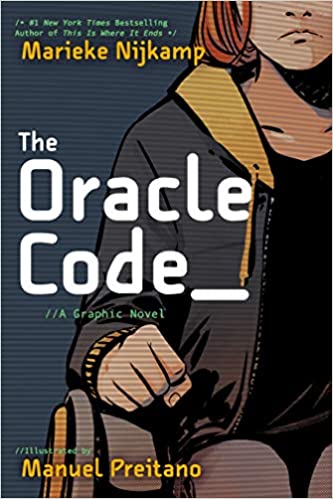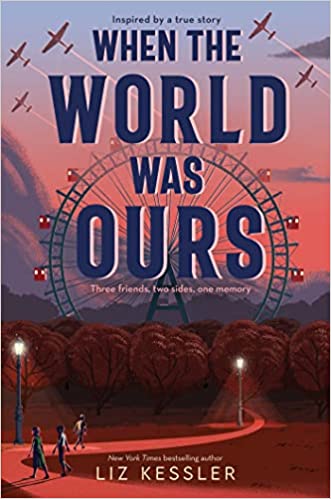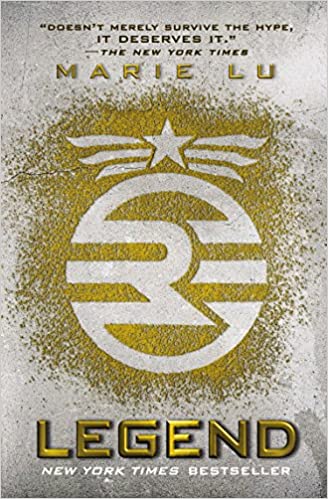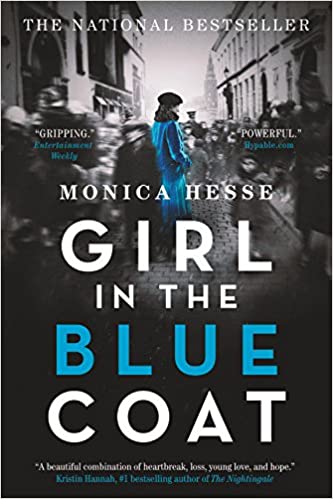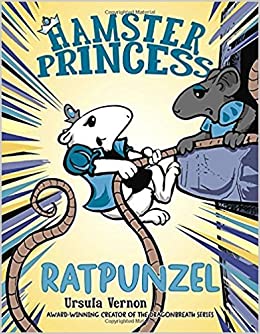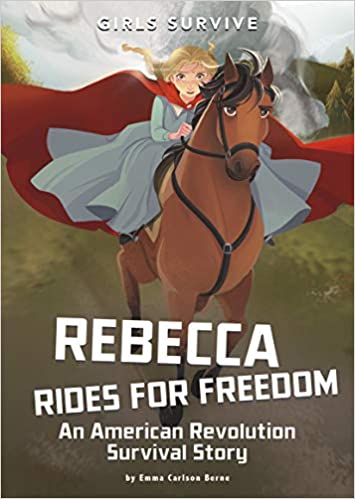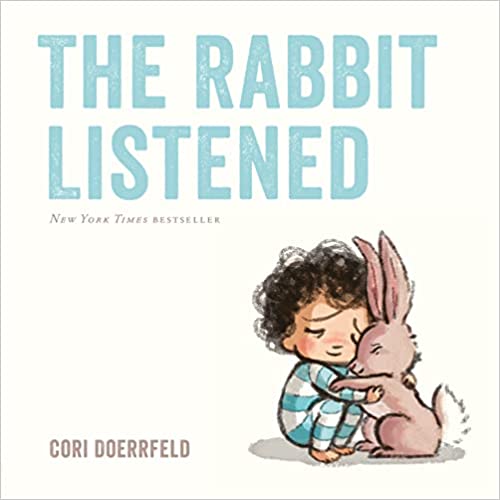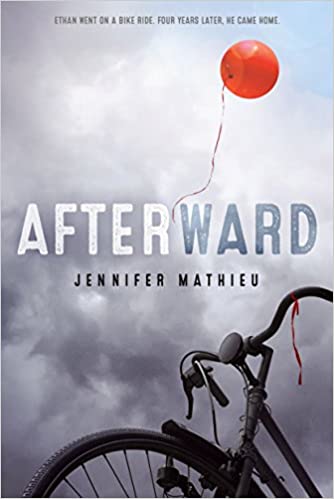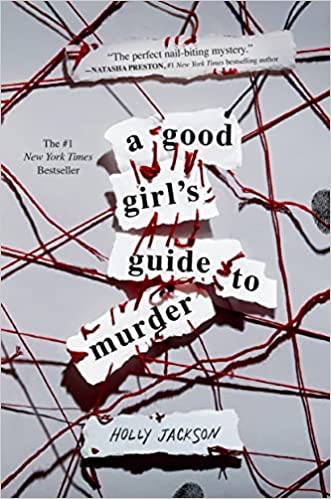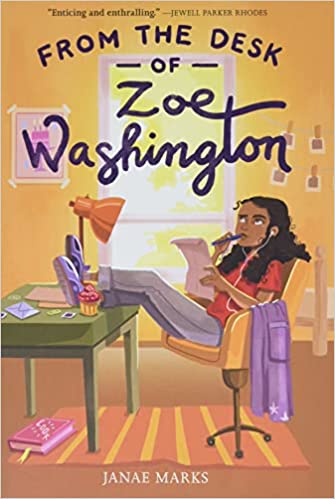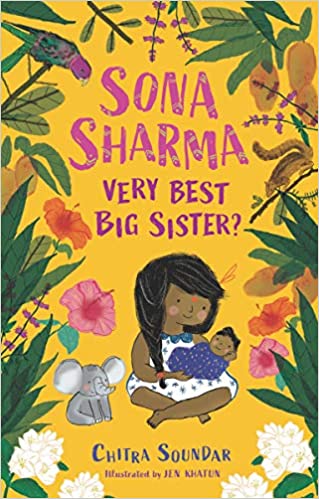Hanneke Bakker is struggling to find her place during World War II. Without her parent’s knowledge, Hanneke has been obtaining and selling black market goods. However, her life gets turned upside down when Mrs. Janssen, one of her usual customers, asks her to find Mirjam Roodveldt, a young Jewish girl that Janssen had been hiding in Mrs. Jansesen’s home.
At first, Hanneke refuses to help find Mirjam. However, when she agrees to search for her, Hanneke quickly becomes exposed to the brutal realities of war. When Hanneke meets a group dedicated to hiding and rescuing Jewish citizens who are under threat from the Nazis, it causes Hanneke to question how beneficial her efforts have been. With blonde hair and light eyes, Hanneke identifies herself as the “Nazi’s poster child,” making her feel guilty about her negligence to the war. Hanneke is eventually drawn further into the mystery of the missing girl and her search leads her to stunning revelations about the war and the people involved.
Teens will relate to Hanneke because she falls deals with many of the same struggles that normal teens experience, such as young love and conflicts with parents. The story is told from Hanneke’s point of view in a very raw and honest way. Throughout the book, Hanneke must cope with the death of her boyfriend, Bas, as well as the loss of her normal life during wartime. She also deals with losing her best friend, Elsbeth, whose morals become questionable after marrying a Nazi soldier. The story teaches readers that grief is not a one-way street and that there are multiple coping mechanisms that help someone deal with loss.
Since the story is written from Hanneke’s point of view, other characters are not well developed. While everyone is dealing with their own form of grief, describing the lives of other characters more in-depth would have made the novel more impactful. For example, Ollie copes with the loss of his brother who died in battle. When talking to Hanneke, Ollie reminisces on his brother’s life saying, “. . . I talk about him all the time. Him and his obnoxious jokes, his laugh, what he would have become.” Unfortunately, readers are given limited knowledge on Ollie’s personality and perspective. This leads readers to have a one-sided view of the conflicts in the story.
Even though Hanneke is the protagonist, she is not always likable. However, she has several positive attributes including courage and determination. Her naivety comes out frequently, which makes her seem self-centered. For example, when Mrs. Janssen asks Hanneke to find Mirjam, Hanneke focuses on whether or not it would benefit herself. At times, she lacks conviction and she frequently questions her actions, which may frustrate readers. She asks people involved in the war resistance dumb questions too, then becomes angry with herself because she had previously shielded herself from the horrors of the war.
Despite taking place in 1942, teens will be inspired by Hanneke and the positive messages she carries. Hanneke’s life would have been simpler had she not agreed to search for Mirjam; however, she knows it is what must be done for the sake of Mrs. Janssen, who is worrying herself sick over Mirjam’s disappearance. Despite making mistakes, Hanneke continues her journey. Ultimately, Hanneke’s compassion for Mrs. Janssen and for everyone who has lost people to the horrors of war is comes to drive her.
While the characters are fictional, many of the events are historically accurate and the war within the Netherlands was extremely well-researched by the author. However, at times the plot felt like it went too slow, while other times it went too fast. Plus, the conclusion was rushed and confusing. Nonetheless, those who are interested in the history of WWII would find this an interesting read, especially those who wish to learn more about the German occupation of the Netherlands. For readers interested in learning more about the World War II resistance, Resistance by Jennifer A. Nielsen is a must-read.
Sexual Content
- Hanneke and Ollie, the brother of Hanneke’s dead boyfriend, briefly kiss whilst pretending to be a couple in front of German soldiers. “Ollie cups my face in his hands and kisses me. His mouth is soft and full, his eyelashes brush against my cheek, and only he and I know that our lips are shivering in fear.”
- Hanneke occasionally flirts with German soldiers to avoid suspicion. “With the way I’m standing, my dress has risen above my knee, and the soldier notices . . . I shift my weight a little so the hemline rides even higher, now halfway up my goose-bumped thigh.”
- Hanneke frequently recalls previous romantic encounters she had with her boyfriend. In one instance, she recalls her first kiss with him. “When he kissed me, he dropped his bicycle and it clattered to the ground, and we both laughed.”
- Ollie confesses his love for Willem, saying, “Jews aren’t the only ones who suffer because of the Nazis. I don’t love Judith. I love Willem.”
Violence
- At the beginning of the war in the Netherlands, “two thousand Dutch servicemen were killed when they tried but failed to protect our borders as the country fell” and “German planes bombed Rotterdam, killing nine hundred civilians.”
- Hanneke is shocked when Mrs. Janssen says, “I’ve heard of people imprisoned, taken away and never returned. But four people, including a woman and a child, shot dead in cold blood?”
- Mrs. Janssen recalls the death of her family at the hands of the Nazis. This took place at the Janssen family shop, where the Janssens were hiding their Jewish neighbors. Someone had tipped off the Nazis that these individuals were being hidden, leading to a massacre. “When the shooting was done, Hendrik was dead, and David, and Rose, and Lea. Only Mirjam managed to escape.”
- The Nazis capture and beat a man, causing “bleeding from the nose, his right eye split and swollen.”
- Hanneke talks about protests that have “left dead bodies in the streets.”
- A fight breaks out between two shop customers. Nazi soldiers come to disperse the fight. “A fight broke out in the shop, which led to the earliest major roundup and hundreds dead.”
- Hanneke talks about how resistance workers “could be shot” for their work.
- During a round up, a girl tries to escape, but she is shot and killed by a Nazi soldier. “They shoot her. In the middle of the bridge, in the back of the neck so that blood bursts from her throat, slick and shining in the moonlight.”
Drugs and Alcohol
- Hanneke smuggles items through the black market, including “cigarettes and alcohol.”
Language
- Profanity is used rarely. Profanity includes damn in both English and italicized Dutch.
- Mrs. Janssen goes to show Hanneke the cupboard where she hid Mirjam. When she sees it, Hanneke thinks, “Verdorie. Damn it, she’s crazier than I thought.”
Supernatural
Spiritual Content
- Several of the characters are of Jewish faith, which is a big source of conflict within the story as it takes place during World War II.
- The Nazi soldiers sympathize with the Christian characters. A soldier says, “I feel bad punishing a good Christian woman who is too stupid to know where her husband was.”
